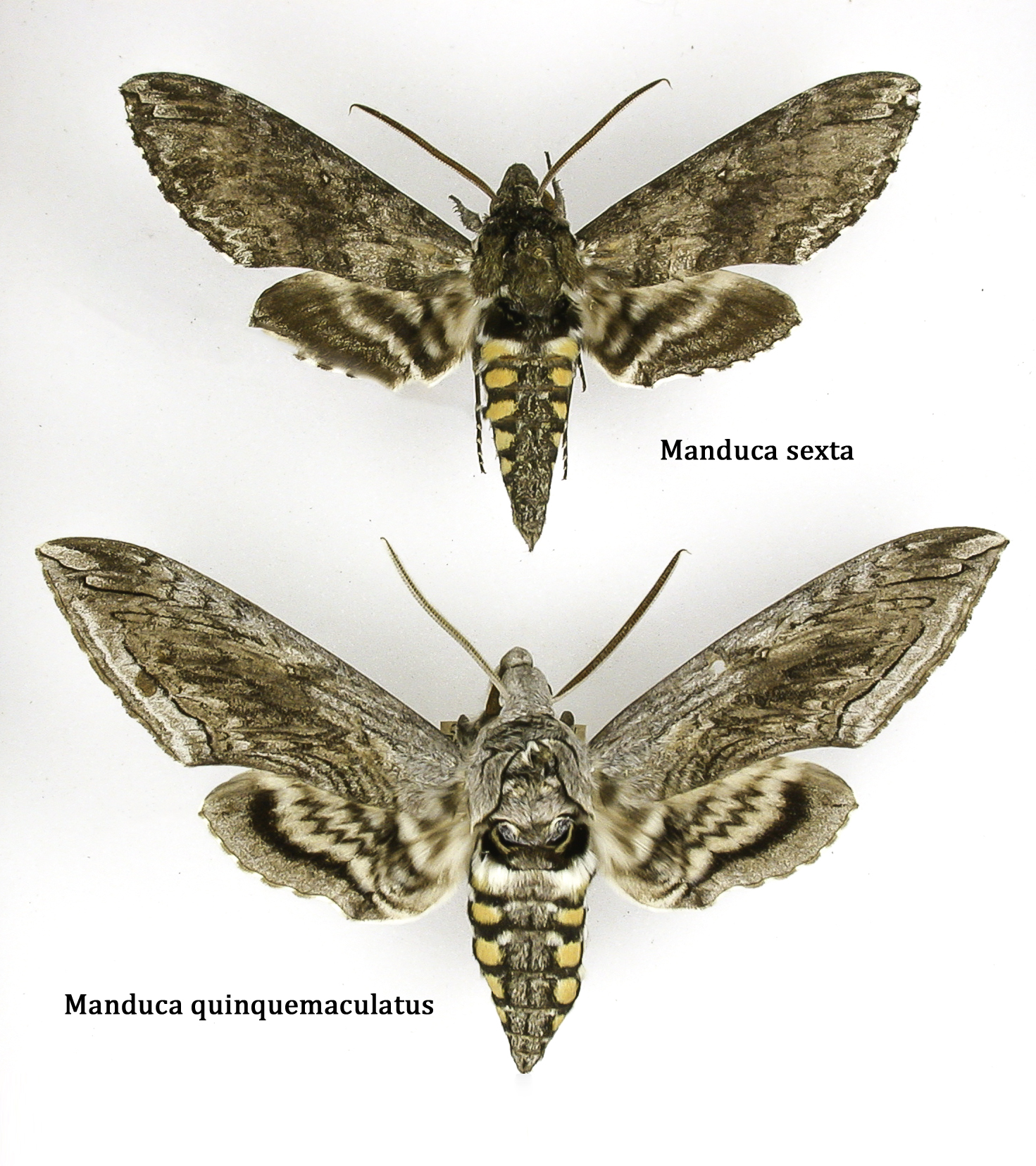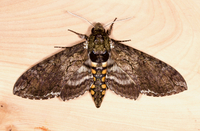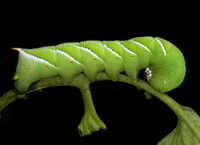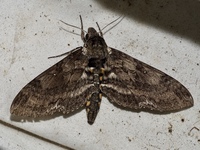
| Recorded by: Merrill Lynch on 2025-09-16
Watauga Co.
Comment: | 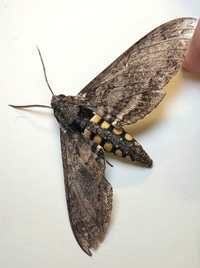
| Recorded by: Mark Basinger on 2025-09-15
Wilson Co.
Comment: |
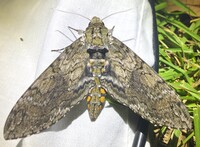
| Recorded by: Dean Furbish and Joy Wiggins on 2025-09-11
Wake Co.
Comment: | 
| Recorded by: K. Bischof on 2025-09-03
Transylvania Co.
Comment: |
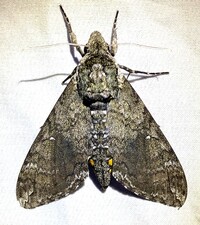
| Recorded by: Dean Furbish on 2025-08-26
Wake Co.
Comment: | 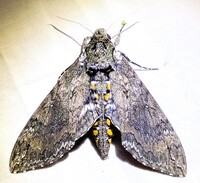
| Recorded by: Dean Furbish on 2025-08-25
Wake Co.
Comment: |
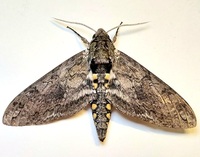
| Recorded by: Mark Basinger on 2025-08-19
Wilson Co.
Comment: | 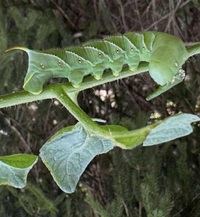
| Recorded by: Tracey Pittman on 2025-08-06
McDowell Co.
Comment: |
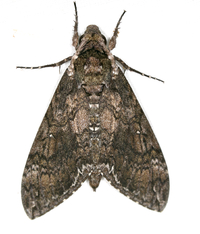
| Recorded by: Jim Petranka, Mark Basinger and Becky Elkin on 2025-08-03
Moore Co.
Comment: | 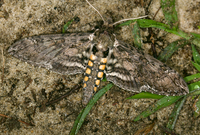
| Recorded by: Jim Petranka, Mark Basinger and Becky Elkin on 2025-08-03
Moore Co.
Comment: |
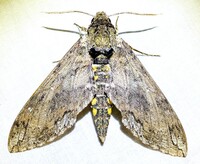
| Recorded by: Dean Furbish on 2025-07-04
Wake Co.
Comment: | 
| Recorded by: Chuck Smith on 2024-09-16
Davidson Co.
Comment: |

| Recorded by: Mark Basinger on 2024-09-12
Wilson Co.
Comment: | 
| Recorded by: Mark Basinger on 2024-09-06
Wilson Co.
Comment: |

| Recorded by: Mark Basinger on 2024-09-03
Wilson Co.
Comment: | 
| Recorded by: Kai Milroy on 2024-09-03
Cumberland Co.
Comment: |

| Recorded by: David L. Heavner on 2024-08-20
Chatham Co.
Comment: | 
| Recorded by: David L. Heavner on 2024-08-20
Chatham Co.
Comment: |

| Recorded by: K. Bischof on 2024-08-19
Transylvania Co.
Comment: | 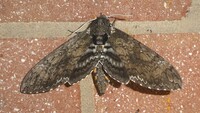
| Recorded by: Simpson Eason on 2024-07-17
Durham Co.
Comment: |
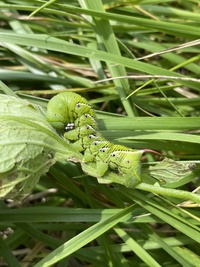
| Recorded by: Morgan Freese on 2024-07-08
Buncombe Co.
Comment: | 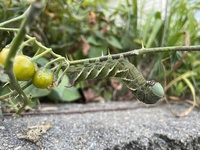
| Recorded by: Morgan Freese on 2023-10-08
Buncombe Co.
Comment: |
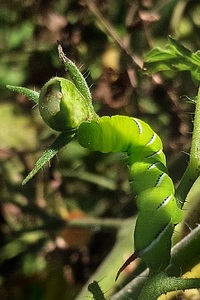
| Recorded by: Mark Basinger on 2023-09-03
Brunswick Co.
Comment: | 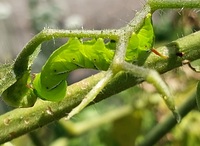
| Recorded by: Mark Basinger on 2023-09-03
Brunswick Co.
Comment: |
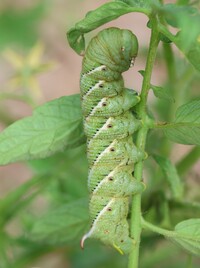
| Recorded by: Rob Van Epps on 2023-08-14
Mecklenburg Co.
Comment: | 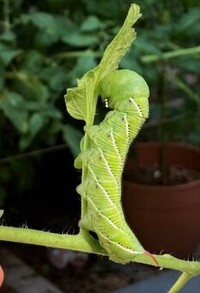
| Recorded by: Dean Furbish on 2023-08-08
Wake Co.
Comment: |
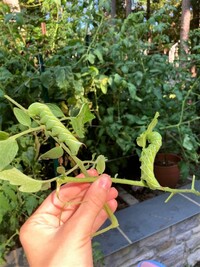
| Recorded by: Dean Furbish on 2023-08-08
Wake Co.
Comment: | 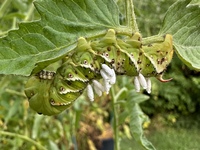
| Recorded by: Dawn-Michelle Oliver on 2023-07-30
Caswell Co.
Comment: |
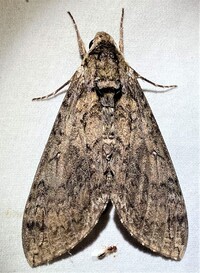
| Recorded by: Dean Furbish on 2023-07-24
Wake Co.
Comment: | 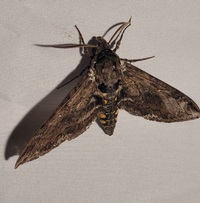
| Recorded by: Andrew W. Jones on 2023-07-18
Polk Co.
Comment: |
|

 »
»